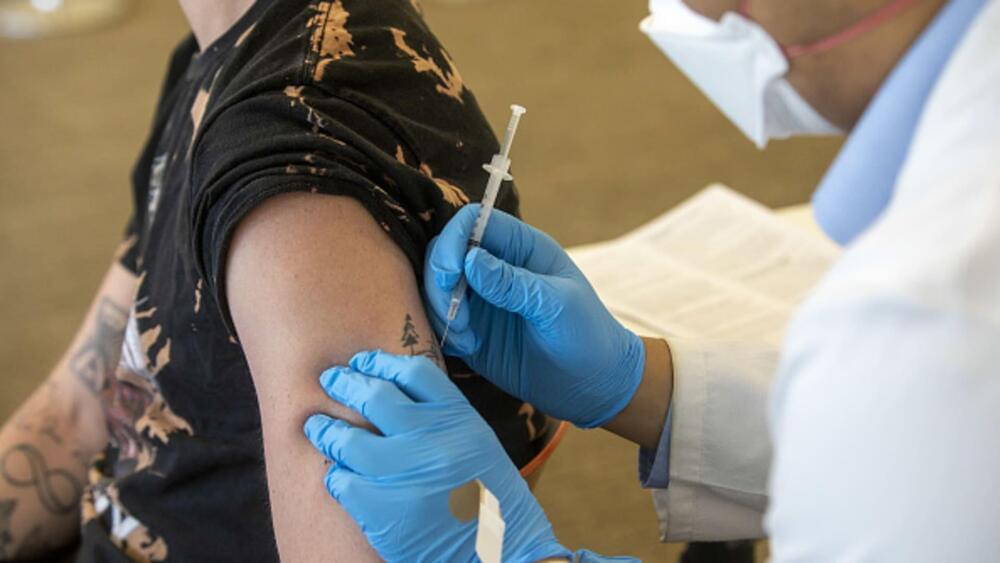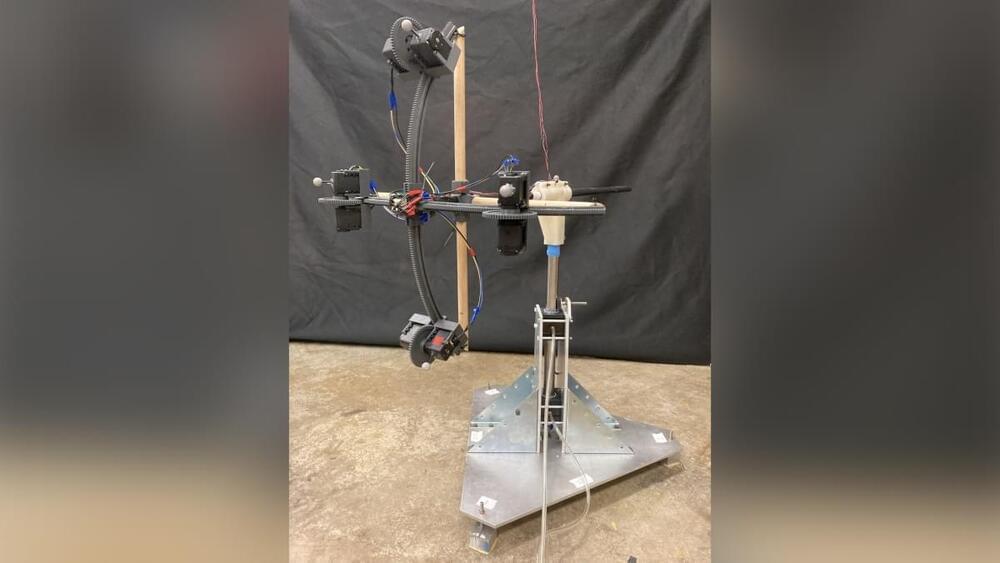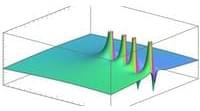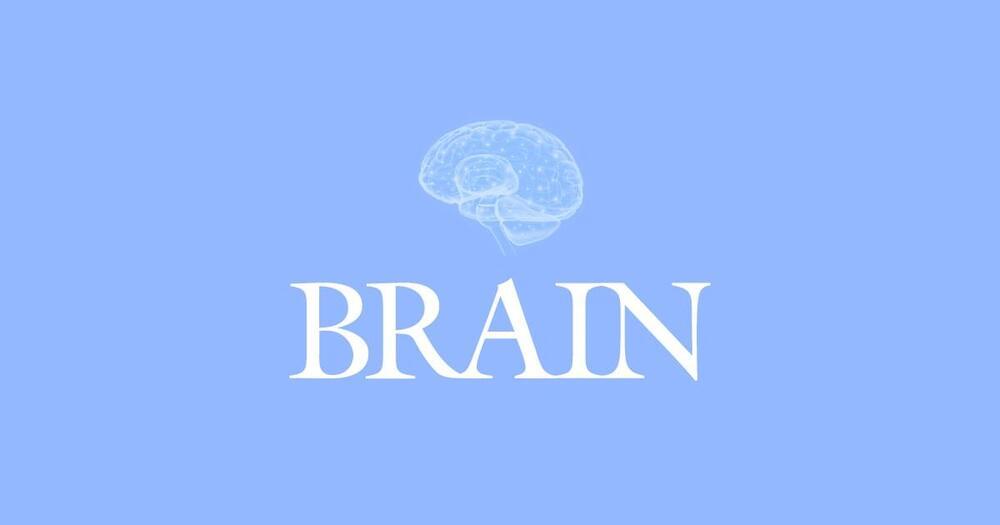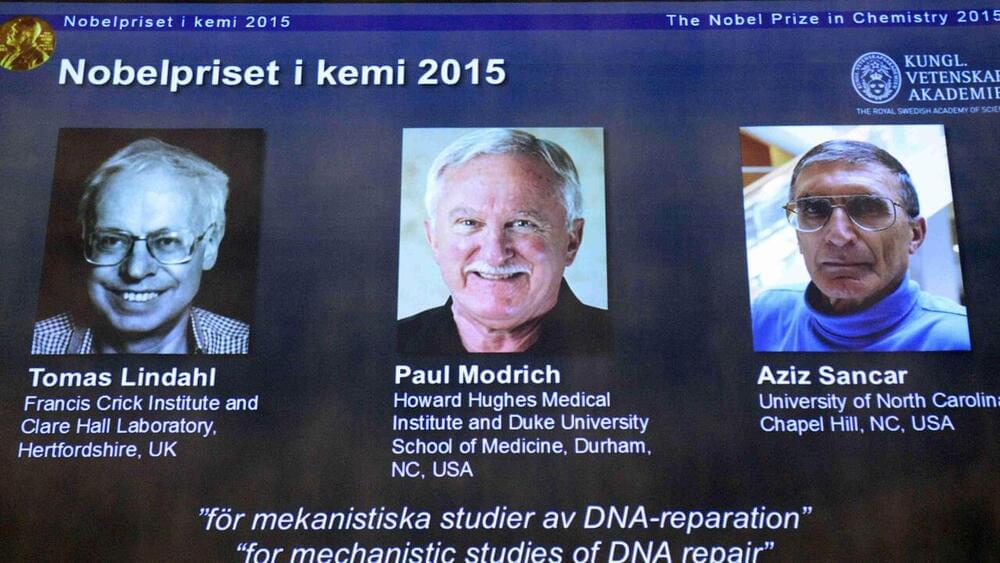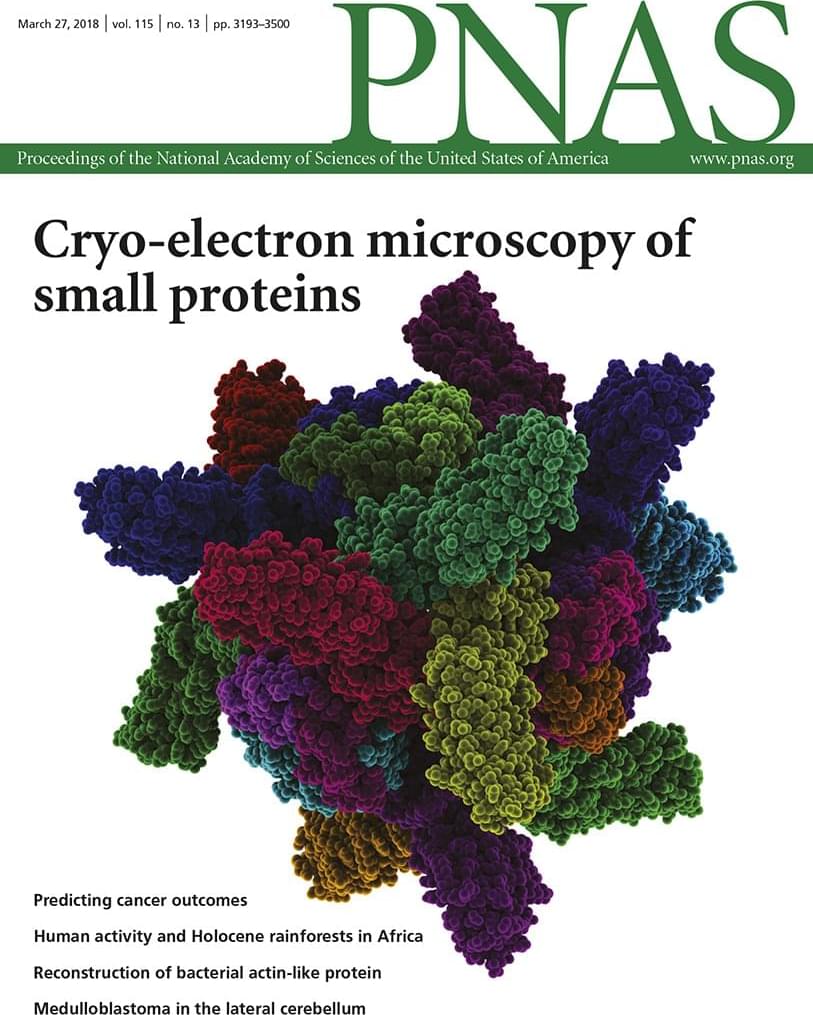Aug 14, 2022
Researchers find new method to treat wounds and skin infections
Posted by Gemechu Taye in category: biotech/medical
Monocytes, a type of white blood cell, are alone capable of facilitating faster wound healing, says study.
Scientists from the University of Calgary, Canada, have discovered a promising new approach to treating bacterial skin infections. The research showed that monocytes alone are capable of facilitating faster wound healing. The researchers’ next step is to better understand how immune cells like neutrophils function during infection. Researchers have discovered a promising new approach to treating bacterial skin infections.
A team of scientists from the University of Calgary, Canada, revealed new insights which could lead to advancements in the treatment of bacterial infections and wounds, according to a study published in Nature science journal on Friday.
Continue reading “Researchers find new method to treat wounds and skin infections” »


